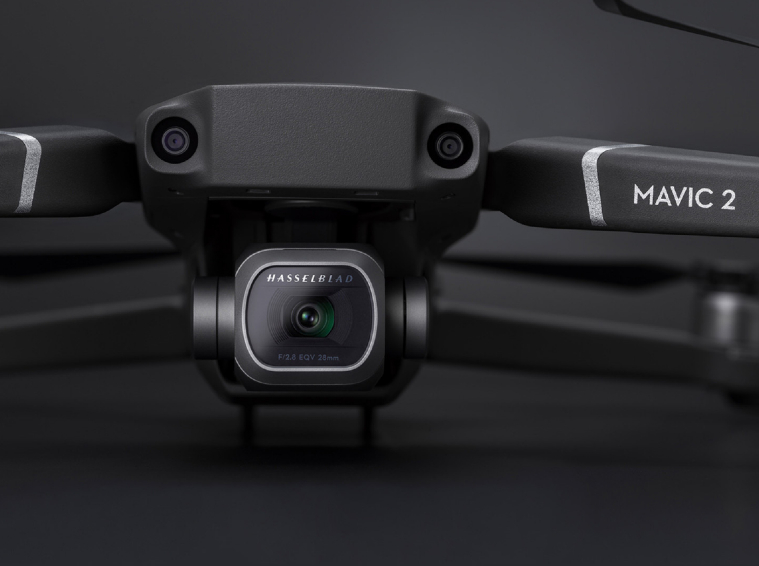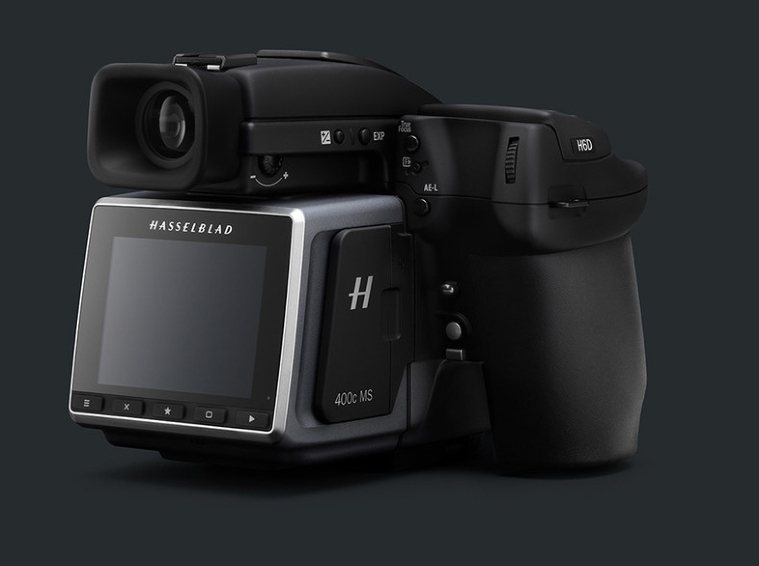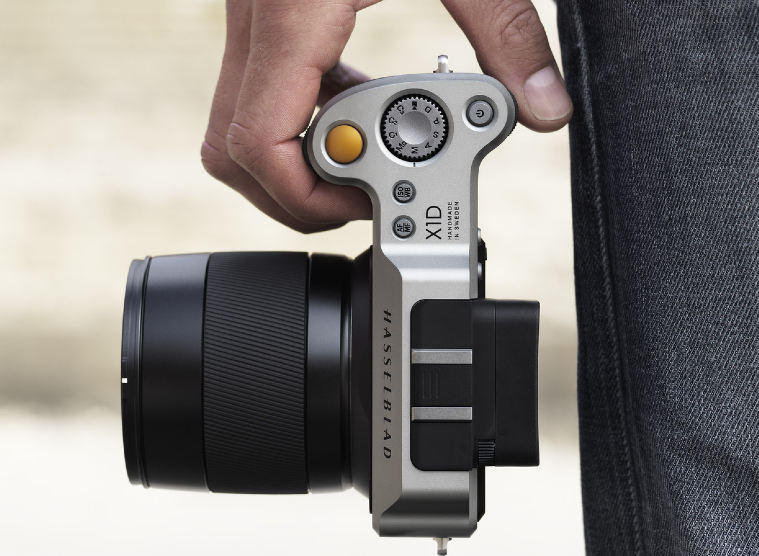OnePlus-Hasselblad: Mobile cameras will never be the same again, here’s why
[ad_1]
Read More/Less
Neil Armstrong was the first man to ever walk on the moon and we believe this because it is backed by proof. And while the first man on the moon is celebrated vigorously, the camera that witnessed and captured it all often takes a backseat, the Hasselblad. It is massive being a part something as historic as man’s first landing on the moon but to be the device that was able to capture the moment and bring back evidence of the event actually happening? That is as legendary as it gets.
The year was 1962 and people at NASA were testing and trying different cameras that would be able to shoulder the massive responsibility of capturing extra terrestrial data but all in vain. It was then that Walter Schirra, a photography enthusiast who himself owned a Hasselblad 500 and who was himself soon to be an astronaut suggested that the organisation gave Hasselblad a try.
A specially designed variant of the camera was taken on the Mercury 8 (MA-) in October 1962 that delivered high quality images across six orbits of the Earth. This was the first of many associations between NASA and Hasselblad. So amazing were the results that NASA started using the Hasselblad cameras on a regular basis. They did require some modification but they were ‘the’ cameras for space. In 1965, NASA requested for a motor-driven camera, the first of its kind and Hasselblad delivered it in the shape of 500 EL.
In the same year, the first space walk was captured using a Hasselblad camera and one of the most famous images of space ever was captured: astronaut Edward H White floating in space with the Earth behind, and a Hasselblad in the frame as well. The Hasselblad became a household name as the images taken of the space by astronauts started making it to newspapers and magazines.
On July 20, 1969, the name Hasselblad got etched in human history forever as it captured man’s first steps on the moon. When the Apollo 11 mission landed on the moon and Neil Armstrong took his first steps on the moon, something silver strapped to his chest made this journey with him. It was a Hasselblad Data Camera. There was another camera on the space module which recorded the first steps of humankind on the moon and there is no prize for guessing which camera was it. The Hasselblad.
The mission was difficult but so was recording it. Especially in an environment where conditions varied from 120° C in the sun and minus 65°C in the shade. The lack of gravity and lighting conditions did not help the cause either. But just like the men on the mission, Hasselblad pulled through and captured history in making by delivering great photographs. The camera proved its mettle and it’s no surprise that they have become such an integral part of space photography. There are twelve Hasselblad cameras on the surface of the moon still.
Capturing mankind’s first step on the moon and brilliant space photography might have made it famous but Hasselblad has proven to be just as acclaimed in the terrestrial settings. The Swedish brand has become synonymous with cameras that not only deliver high quality results but are also incredibly resilient which is why it is the preferred choice of many celebrated photographers.
Now imagine getting something as epic as this on your smartphone. Seems like a dream, right? But if you set your heart and mind on Never Settling then this dream will turn into reality soon, all thanks to OnePlus.
We might not know what the upcoming OnePlus will look like or what all its spec sheet will contain but the brand has confirmed that it is partnering with Hasselblad for the upcoming OnePlus 9 which means the OnePlus 9 is definitely going to pack some out of the world cameras (pun intended).
Pete Lau, Founder, CEO and Chief Product Officer, OnePlus summed up the impact of the collaboration when he said, “OnePlus and Hasselblad have entered a three-year strategic partnership, with the goal that together, in full collaboration, we will reset the standards for mobile photography.”
And the feelings seem to be mutual. Jon Diele, Vice President, Hasselblad, has gone on record saying, “We’re already seeing some really outstanding results. If the developments we’ve already made are any indication, I can’t wait to see what else we’ll be able to achieve together with OnePlus over the coming years. I believe we’re on the brink of a new generation of mobile photography. Working together, Hasselblad and OnePlus can lead the industry by co- developing the best smartphone cameras.”
Imagine, the new OnePlus will come with technology that literally gave humankind a glimpse of space and moon and in the coming months you will be able to use it on your smartphone. If that does not take you to the moon, we do not know what will.
[ad_2]

 The DJI Mavic 2 Pro uses a Hasselblad 20MP one inch CMOS sensor. (Image credit: Hasselblad website)
The DJI Mavic 2 Pro uses a Hasselblad 20MP one inch CMOS sensor. (Image credit: Hasselblad website) Hasselblad’s $48,000 H6D-400c is a 400MP medium format camera. (Image credit: Hasselblad website)
Hasselblad’s $48,000 H6D-400c is a 400MP medium format camera. (Image credit: Hasselblad website) The Beatles’ Abbey Road album cover. (Image credit: The Beatles’ website)
The Beatles’ Abbey Road album cover. (Image credit: The Beatles’ website) Hasselblad cameras are made in Sweden. (Image credit: Hasselblad website)
Hasselblad cameras are made in Sweden. (Image credit: Hasselblad website)